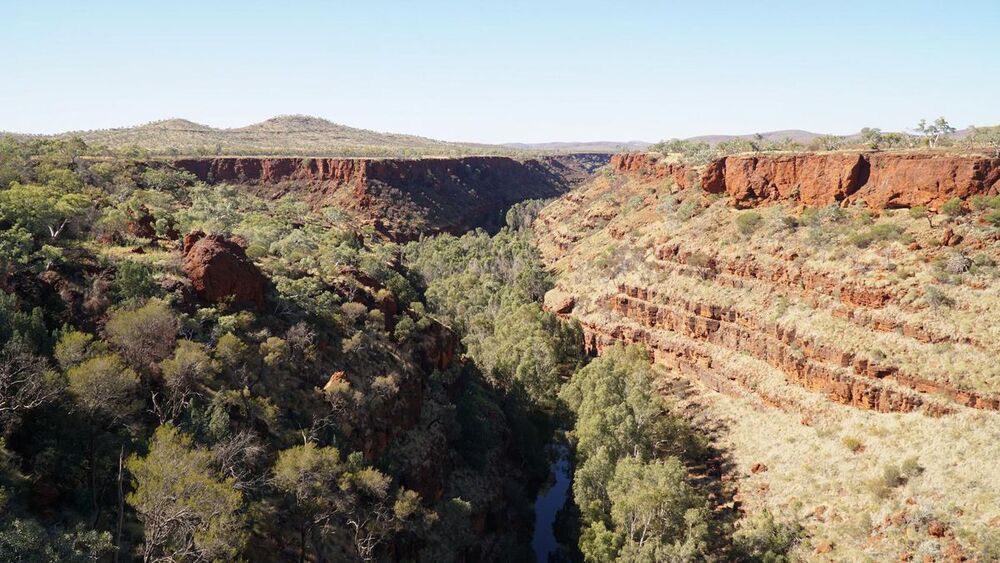Apr 16, 2021
Transcendental Cybernetics: Imagining the Technological Singularity
Posted by Alex Vikoulov in categories: biological, evolution, singularity
The Syntellect Emergence seems to be a cosmic necessity, and in the long run, any voices calling to resist the cybernetic fusion of the mind will be no more influential than the voices calling, right now, to eradicate civilization and return to the jungle. Nature’s tendency to build up hierarchies of emergent patterns, the heuristic law of evolution, supersedes the human race itself. We see it time and again, Nature is constantly trying to combine seemingly opposing forces, to assemble existing parts into the new wholes through the universal process of radical emergence. We are bound to transcend our biology, our human condition, our limited dimensionality, we are bound to transcend ourselves.
#TranscendentalCybernetics #CyberneticSingularity #SyntellectEmergence
Syntellect Emergence is hypothesized to be the next meta-system transition, becoming one Global Mind — that constitutes the Cybernetic Singularity.
Continue reading “Transcendental Cybernetics: Imagining the Technological Singularity” »

















